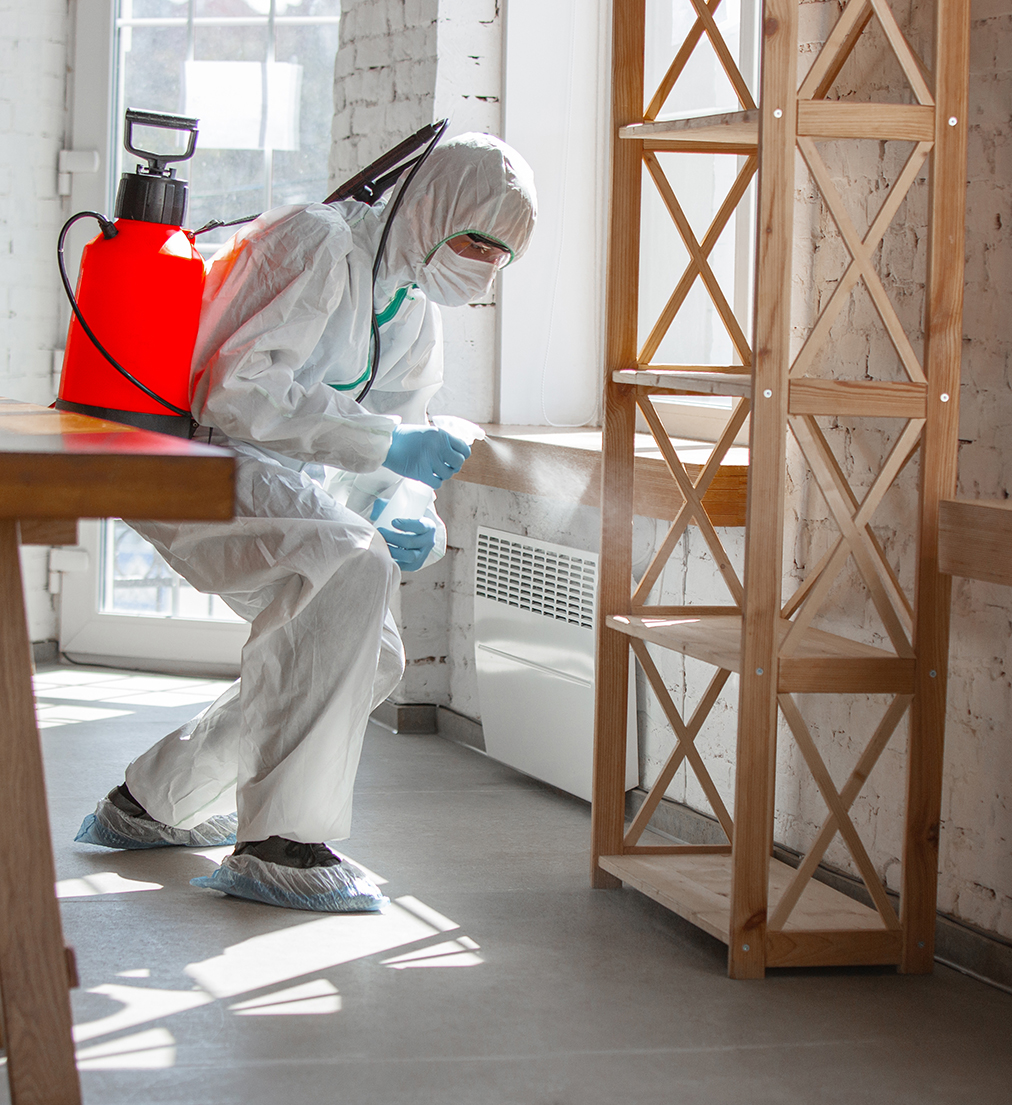[breadcrumb]
Using silver and hydrogen peroxide as mould remover
Mould is a widespread problem. And because it is visible, it is desirable to remove mould and mildew as effectively and quickly as possible using the most appropriate mould remover. Which begs the question: how to stop mould and what is the best anti mould agent? The answer may vary depending on the chosen approach – ultimately, the best remedy against mould is always the one that best satisfies your own requirements.
MANUAL: S010 FOR MOULD CONTROL
MANUAL: S010 USE AFTER FLOODINGS
The perfect mould remover
An analysis of customers‘ priorities and wishes with regard to a highly effective mould remover produces quite diverse viewpoints. Fast, quick effect in mould removal. Non-toxic. Long-term effect against mould – inhibiting new growth. Odourless. Easy to apply. Non-combustible. Inexpensive, easy to obtain. No side-effects. Broad-spectrum effect, etc.
[expander_maker id=”2″ more=”Read more” less=”Read less”]In a nutshell – the best mould remover: as strong as possible, as long-lasting as possible and as non-toxic as possible. Unfortunately, however, these requirements are fundamentally mutually exclusive. The more effective and powerful an antimicrobial agent for mold is, the more potent its ingredients need to be, which typically means that their degree of „non-toxicity“ decreases. For this reason, all anti mould cleaning products are usually a compromise between effectiveness, ease of application and toxicity.
Using hydrogen peroxide for cleaning mould
The simplest way to obtain an effective yet permanently non-toxic formula against mould is to rely on a mould remover substance that decomposes rapidly after it has been effective. Hydrogen peroxide meets this requirement. This disinfecting effect is based on the separation of hydroxyl radicals, which destroy the mould. At the same time, however, the hydrogen peroxide breaks down into water and oxygen after disinfection.
This effect is further enhanced with silver. If silver is used with hydrogen peroxide to treat mould, the effect is about six to eight times stronger than using hydrogen peroxide alone. This means that you can expect the same (or an even better) effect from a silver-enhanced 5% hydrogen-peroxide solution (such as Sanosil S010 mould remover) as from a 35% hydrogen peroxide solution. Silver remains on the treated surface after disinfection and inhibits re-contamination to a certain extent.
Silver and hydrogen peroxide and mold: Why are they so effective?
Hydrogen peroxide offers several advantages as a mould remover. In addition to its disinfectant and fungicidal effect, the oxidative power of the released hydroxyl radicals neutralises a large proportion of the toxins produced by the mould (depending on the species). Aflatoxin and Co. are very sensitive to oxidative substances.
In addition, allergenic surface proteins, such as those found in airborne mould spores, are also denatured by the hydroxyl radicals that split off from the hydrogen peroxide. The mould’s ability to germinate is also disrupted. This means that the spores, which become airborne when hydrogen peroxide and silver are used for mold removal, are much less problematic than they would be without prior treatment with Sanosil S010 hydrogen peroxide.
There is also another aspect to consider: since hydrogen peroxide with silver is a more effective anti mould cleaner than hydrogen peroxide alone, a lower concentration is sufficient. This not only reduces the aggressiveness of the disinfectant on surfaces and materials, but also allows safe application AND has no bleaching effect:
No bleaching effect? And that’s supposed to be advantageous? Yes! This is because bleaching removes the possibility of completely removing the layer of dead mould by mechanical means. In other words, bleaching makes it possible to accidentally leave behind mould material on the wall, which then becomes a breeding ground for new generations of mould.
Is there an alternative mould remover?
Of course, there are some alternatives to using silver and hydrogen peroxide against mould. For example, well-known agents such as chlorine or bleach are good disinfectants. However, their odour is relatively strong and lingers in the room for some time afterwards. Nevertheless, these agents are sufficient for the treatment of small areas or infested joints or gaps.
How to treat mould with alcohol? Alcohols such as isopropyl alcohol or spirit are also effective as a mould remover. Since alcohols evaporate quickly, they do not leave behind any harmful residues. They also cause no discoloration and are virtually odourless. This makes them highly suitable for the treatment of small areas infested with mould. However, due to the risk of fire and deflagration, they are not suitable for larger-scale jobs in the professional sector.
Quaternary ammonium compounds (QACs) are also often used to combat mould. These anti mould products are relatively non-toxic, even though they are suspected of causing allergies relatively quickly. In addition, QACs such as benzalkonium chloride, etc. act selectively, i.e. they are not equally effective against all species of mould.
What is the best anti-mould paint?
There is also disagreement regarding after-treatment with anti-mould paint. The facts of the matter are fairly simple; mould is caused by excessive moisture on the wall. Therefore, in most cases (apart from mould occurring after water damage) a reduction of condensation will also prevent or at least hinder mould growth.
In other words, any mould remover paint is suitable as long as it a) is highly permeable and b) has a naturally high alkaline pH value. This includes all calcium silicate paints, lime paints and anti-condensate paints containing micro hollow bodies, e.g. Sanosil Paint n Dry.
By contrast, „mould-inhibiting“ adjusted dispersions are less than optimal. Despite being effective against mould, their efficacy comes at the expense of the toxins they contain, which are detrimental to human health. These products are therefore certainly not among the best anti-mould paints. [/expander_maker]

